What is the Difference Between Data Type and Data Structure?

Overview
Data type is one of the forms of a variable to which the value can be assigned of a given type only. Data structure is a collection of data of different data types.
Takeaways
Data types don't involve time complexity while data structures involve the concept of time complexity.
What is a Data Type?
Remember nouns that we used to study in our school?
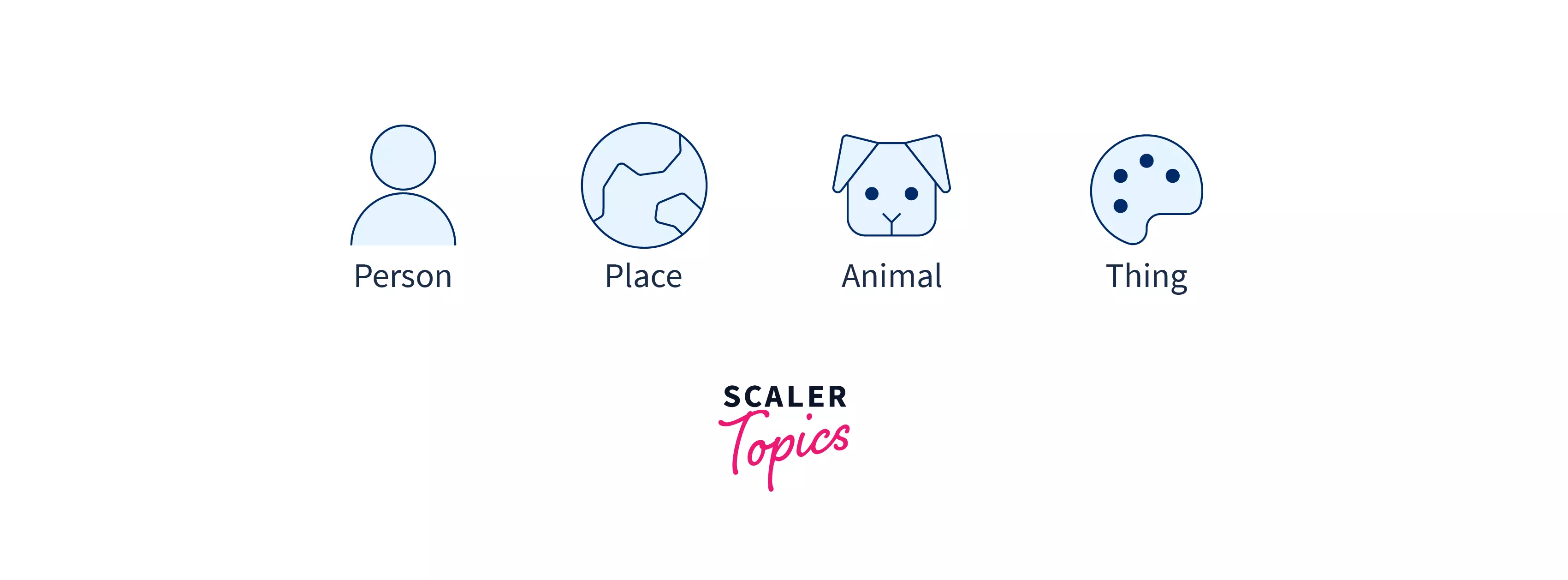 We can categorize nouns in various categories like animal, person, place, or thing based on their properties.
The same concept is applied with the help of data types. We can categorize data into a specific kind based on two properties.
We can categorize nouns in various categories like animal, person, place, or thing based on their properties.
The same concept is applied with the help of data types. We can categorize data into a specific kind based on two properties.
- the property of the data
- what operations we can perform on the data The property of the data can be like how much storage space is required to store it. It helps the compiler create and manage the data storage space. The operations we can perform on the data are particular to it. If we take integer-type data, we can do all the mathematical operations like addition, subtraction, multiplication, and division. In contrast, it may not be possible on other data types like the string.
Integer, Float, Double, String, and Character are some of the most common data types.
What is Data Structure?
A data structure groups various data types that may be processed using a predetermined set of actions. It is a way to organize memory and access each object according to predetermined logic. Data structures come in numerous forms, including stacks, queues, linked lists, binary trees, and many more.
Only certain special operations, such as insertion, deletion, and traversal, are generally performed on data structures. For instance, you may need to store numerous students' information, including their names, roll numbers, and mobile number. Managing this type of data involves complex data management, which calls for data structures made up of several primitive data types.
What is the Difference Between Data Type and Data Structure
| Data Type | Data Structures |
|---|---|
| It tells about the type of data a variable can accept. | It is a collection of data types |
| Data Types implementation is a form of abstract implementation where different languages define it differently. | Data Structures implementation is called concrete implementation as their definition is already defined by the language that what type of data they are going to store and deal with. |
| Data Types can only hold a particular value that is part of the data | Data Structure can have different kinds and types of data within one single object |
| Values can directly be assigned to the data type variables since data type already represents the type of value that can be stored | The data is assigned to the data structure object using some set of algorithms and operations like push, pop, and so on. |
| For Data Types, there is no involvement of time complexity since only type and nature of data is concern | Time complexity comes into play when working with data structures as it mainly deals with manipulation and execution of logic over stored data. |
| Examples: int, float, double | Examples: stacks, queues, tree |
Examples of Data Type
In this section, we will look at some data types and the operations we can perform on them.
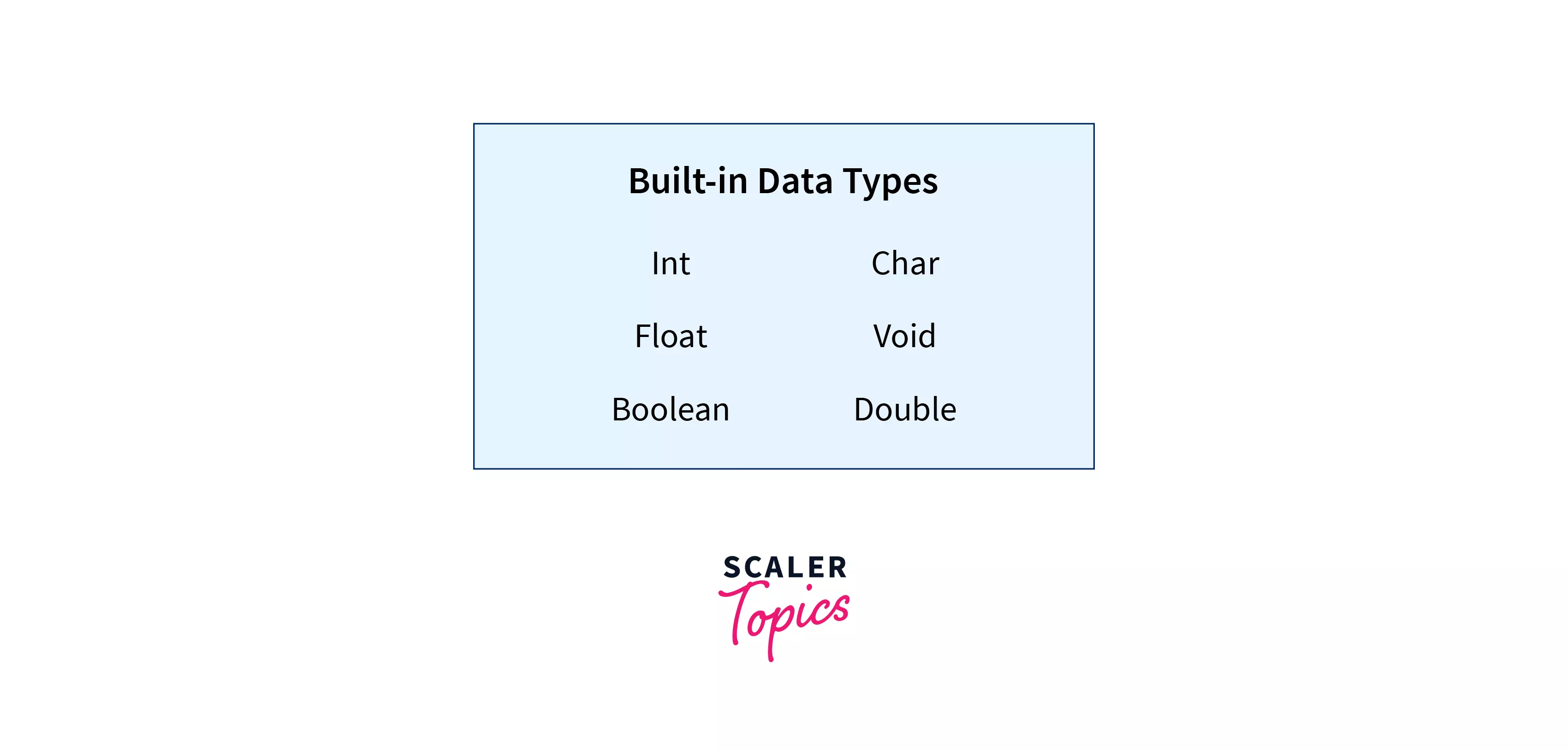
Integer

- When we declare and define a variable as an integer data type, it can store an integer value.
- We can perform various mathematical operations like addition, subtraction, multiplication, and division.
Float

- When we define a variable as a float data type then it can store a numerical value up to some precision values.
- Similar to integer data type we can perform various mathematical operations on it like addition, subtraction, multiplication, and division.
Char

- A character data type can store characters like the alphabet or symbols.
- We can perform an operation like concatenation on it.
String

- A string data type can store a group of characters.
- We can perform operations like concatenation, resizing, changing the string to uppercase or lower case, etc. on it.
Examples of Data Structure
Array
An array is a collection of similar data types.
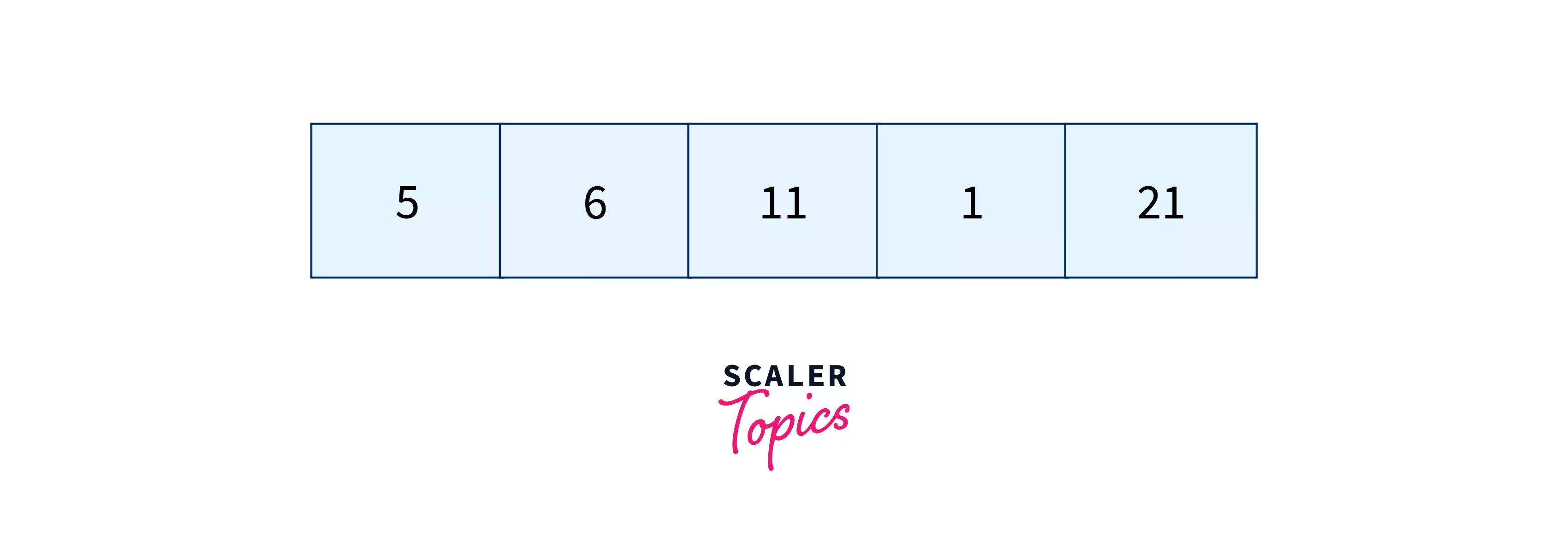
- The data is stored in contiguous memory locations.
- We can access any element in the array with the help of indexing.
Linked List
In Linked List, we store the data type along with the memory location of the next element.
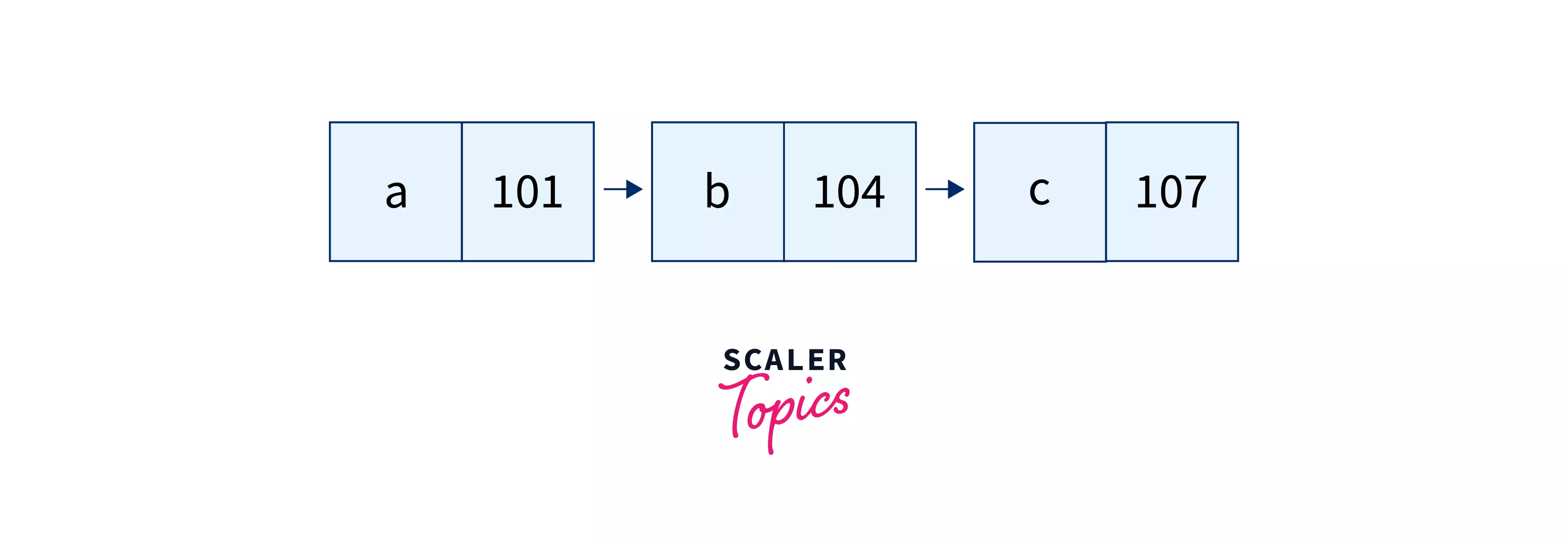
- We don't require contiguous memory locations to store the data.
- We can't take the help of indexing to access a particular element.
Stack
Stacks in data structures is a linear type of data structure that follows the LIFO (Last-In-First-Out) principle and allows insertion and deletion operations from one end of the stack data structure, that is top
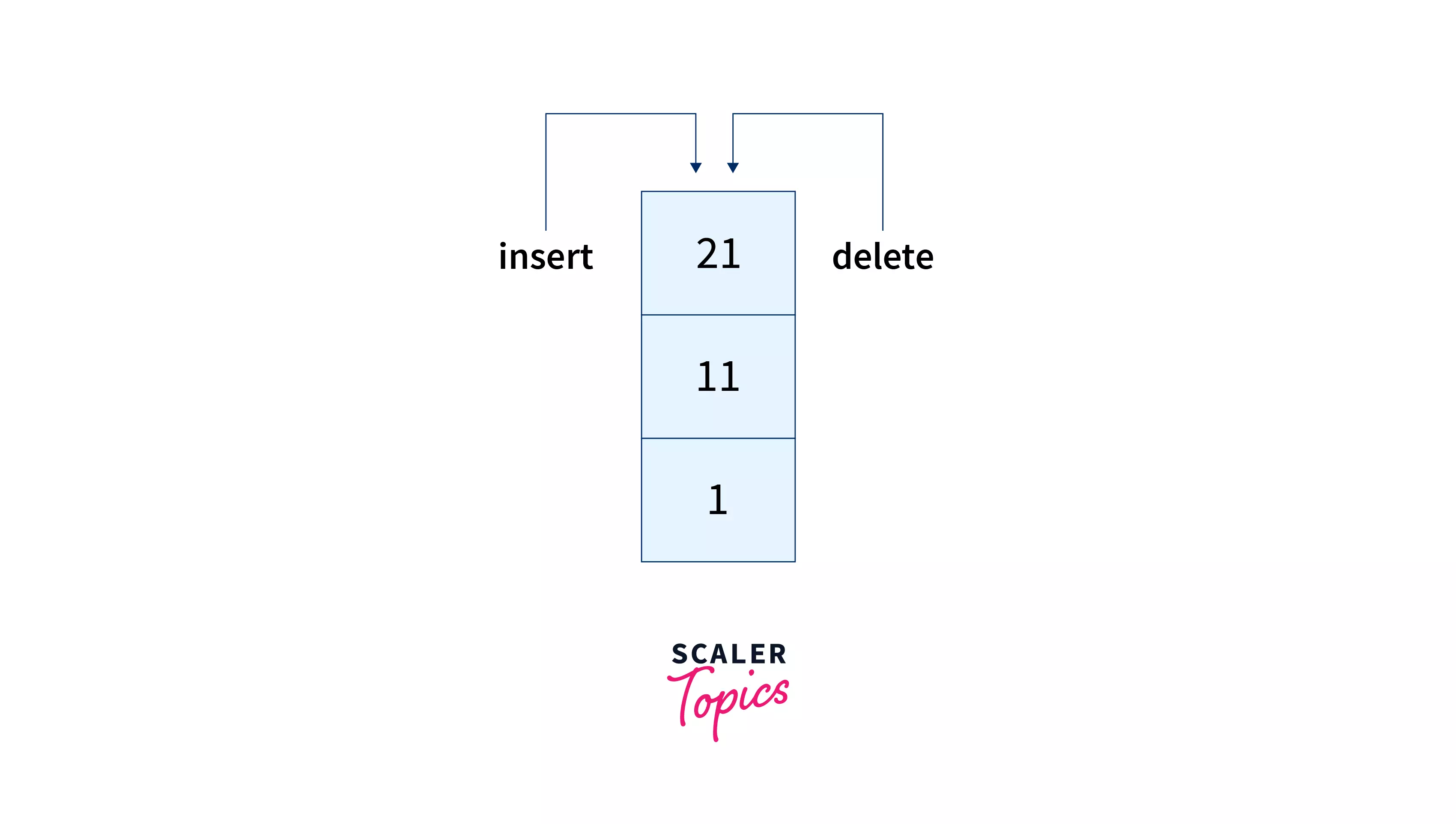
Tree
A tree is a non-linear type of data structure that organizes data hierarchically. It consists of nodes connected by edges. Each node contains a value and may or may not have a child node.

- Whenever we want to access a particular element, we need to always start with the top most element called the root node.
- It is helpful when we need to represent hierarchical kinds of data.
Learn More About Data Structures
To learn more about data structures and their applications you can check out the relevant articles on Scaler Topics Data Structures
Conclusion
- Data types reflect the kind and type of data that will be used in programming, or, to put it another way, data types describe all the data that have some particular characteristics in common. An integer data type, for instance, is used to represent and store whole numbers (numbers without any fractional part) and we can perform various mathematical operations like addition, subtraction, multiplication, division on it.
- Data structures are collections of data types that can be used in programming to modify and use them in variety of operations and algorithms more quickly. These operations can be complex too. For instance, tree-type data structures frequently enable effective search engines.
- Integer, character, float, double, and string are some of the most commonly used data types.
- Array, Linked List, Stack, Queue, Trees, and Graphs are some of the most frequently used data structures.
Ready to Build Strong Foundations? Enroll Now in Our Data Structures and Algorithms Course for Coding Excellence!
